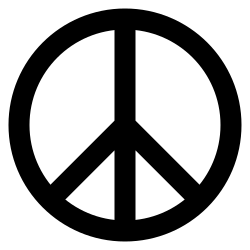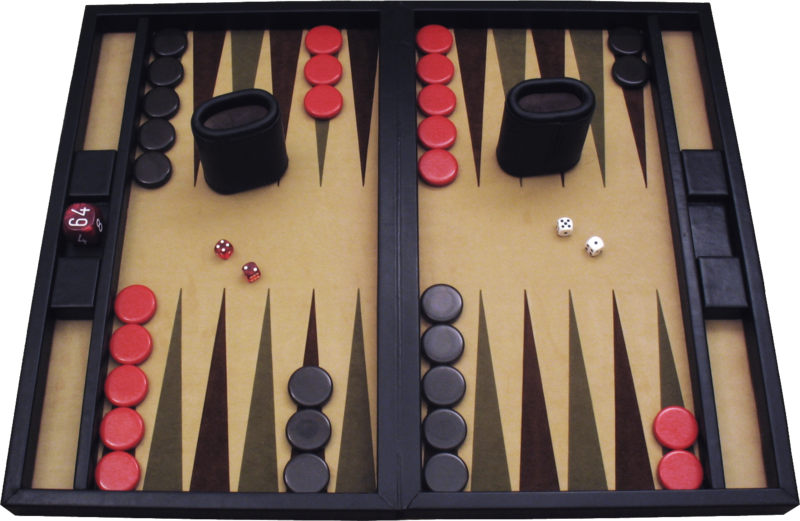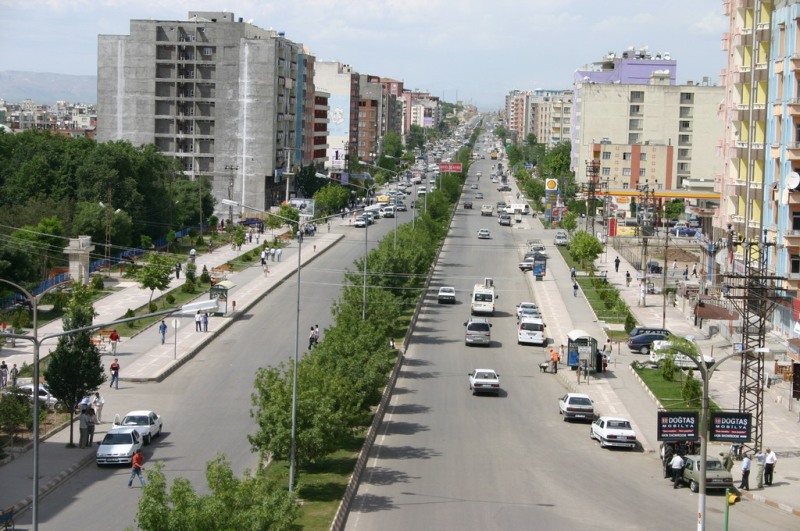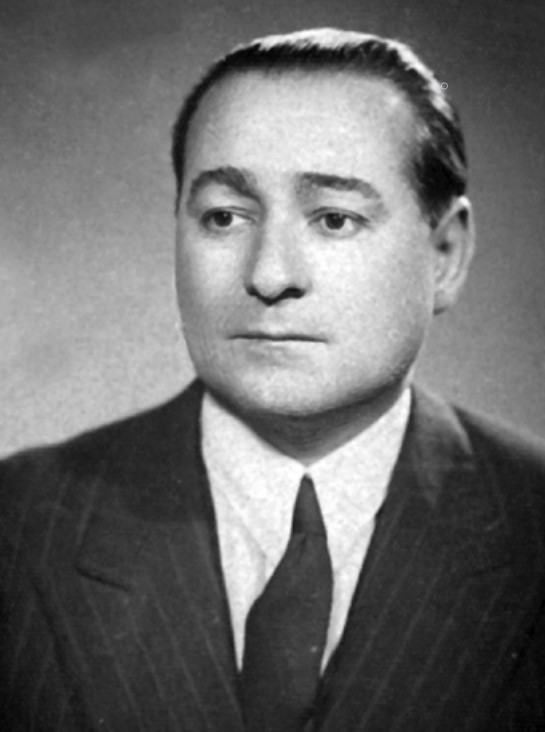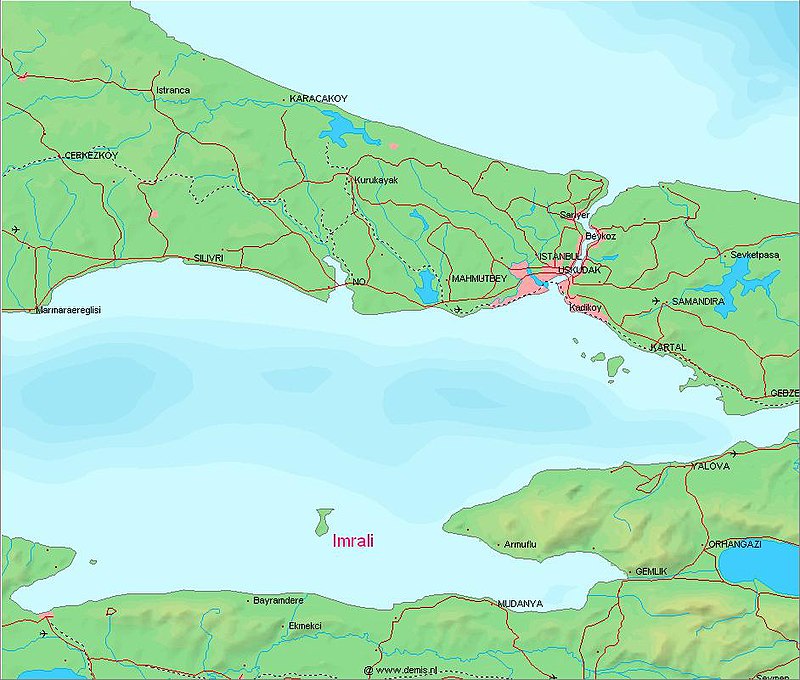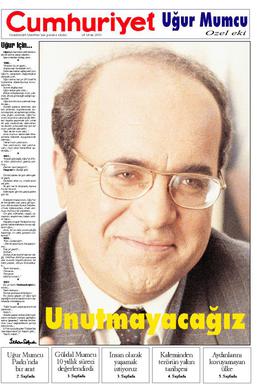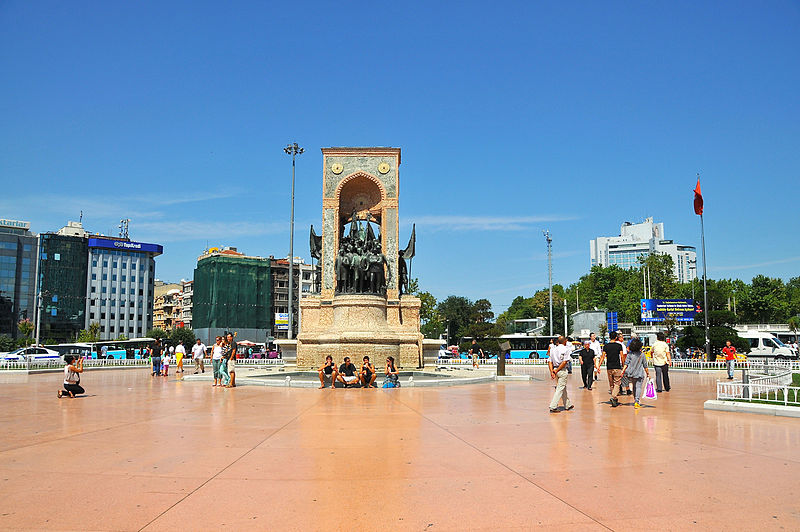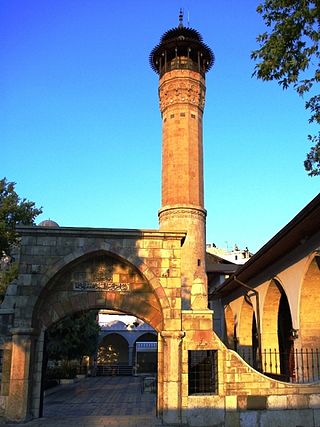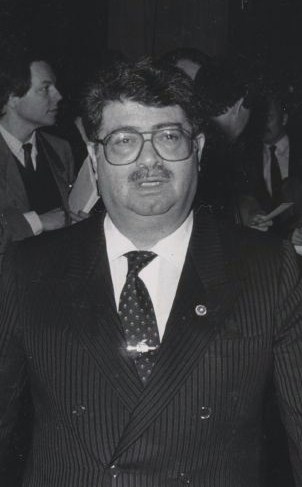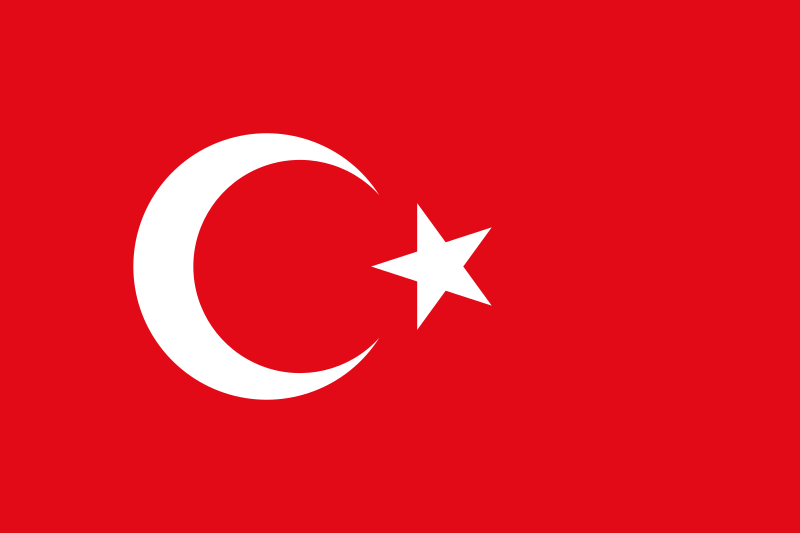Landschlacht, Switzerland, 11 November 2017
As one travels around the world a person discovers that there are arbitrary lines drawn across landscapes and charts and maps that define what is Here and what is to be considered There, and there are arbitrary lines drawn between classes and positions in our everyday societies.

Mankind has done this lineal division with matters large and small for millennia, whether it has been defining the limits of a landowner´s property demarcated by some creek or stone fence to the determination of a border being a river or a mountain range or some parallel of latitude or longitude that is only visible on a political map or geographer´s globe.
Mankind has even extended such boundaries upon the oceans beyond our shorelines and in the skies above our heads.
And soldiers and civilians have died to defend these lines in the sand.

This definition of what is ours versus what is not ours determines where we live, where we work, where we fish and hunt, and where we sail and fly.
And those with power determine the location of those without it, and they determine the extent of what territory they shall possess and dominate.
Those that call themselves our governments consider the land upon which we reside theirs to do with as they see fit, taking it from us if they so desire.
Taxes are considered rent for the privilege of being allowed to live upon the territory.
And what the government giveth, it can surely taketh away.
All that a person possesses can be taken away if justification warrants it, regardless of the justification´s validity.
In turn, we expect our governments to provide for our needs or at least enable us to have the illusion of taking care of our own needs.
We as humans think of ourselves as superior to the animal kingdom, yet what we mark as our territories is differently assessed by the instincts of the beasts and birds.
A bird does not care if a wall divides one human settlement from another.

It simply flies where it will.
A bear does not care if it was you who planted cabbages in a piece of ground claiming the cabbage patch as your own, for when it is hungry it sees no boundaries between your piece of civilization and the wild.

So we will kill those who take without asking, be they beast or fellow human beings.
Those with power will, if they can, take what they will, regardless of your needs or wishes in the matter.
This may cause some to defend what they regard as theirs and who believe that they and they alone have the right to this.
Such is how war began and, though modern times may be couched in different mannerisms of speech and behaviour, this is how wars begin and continue.
Where a country draws the line between what belongs to it and what belongs to others has been the source of much of what defines its history and its heritage.
The lines we define, define us.
The separation, for example, of Canada from the United States makes the almost insignificant Detroit River that separates Windsor, Ontario, Canada, from Detroit, Michigan, USA, a river of great importance that not only defines territory, but, in the minds of both Americans and Canadians, this wee stream also separates American culture from Canadian culture.

Do the trout that navigate the polluted waters know or care at what point in the river mankind has decided what is American and what is Canadian?

This definition of what is each country´s territory versus what is not, has created odd borders that make little sense but for various reasons continue in the fashion that they do, resulting in strange segregated territories such as enclaves and exclaves, no man´s land and disputed territories.
Ordinary places become extraordinary in No Man´s Land.
Such in-between places remind us how dependent we are on borders: that somehow our sense of order and certainty would be lost without them.
I don´t have an easy relationship with borders, geographical or psychological.
I have been searched, prodded, poked, delayed, detained, denied, again and again and again, for having the temerity, the colossal nerve, to cross a few feet, mere metres of land.
I have been devalued, disrespected and discredited when I have suggested that the freedom of self expression must not be limited to whatever limits others have determined it must be.
What right do I have to determine what my place in society is?
Who the hell do I think I am?
Borders are bureaucratic faultlines, imperious and unwelcoming.
Their existence is a hostile act of exclusion.
Borders are far more than lines of exclusion – their profusion reflects the varied nature of people´s political and cultural choices.
By the restriction of free movement, by the refusal of self expression, we are denied a world of choices and possibilities.
Borders often make no sense, except to the ones that have defined the borders.
An enclave is a territory, or a part of a territory, that is entirely surrounded by the territory of one other state.
Territorial waters have the same sovereign attributes as land, and enclaves may therefore exist within territorial waters.
Above: Flag of the Vatican City
So, for example, Vatican City and San Marino could be considered enclaves.

Above: The flag of San Marino
An exclave is a portion of a state or territory geographically separated from the main part by surrounding alien territory (of one or more states).
So, for example, the French islands of St. Pierre and Miquelon, just off the coast of the Canadian province of Newfoundland, are an exclave.

For simplicity´s sake, an enclave is closer to its national territory than an exclave is.
Geographically speaking, there are 22 bits of Belgium scattered in odd profusion within the Netherlands and eight bits of the Netherlands scattered within Belgium.
These hodge-podge areas are called Baarle-Nassau and Baarle-Hertog.

Travel to Asia.
Along the India-Bangladesh frontier there are over 200 enclaves of either Bangladeshi territory surrounded by India or Indian territory surrounded by Bangladesh.
The Hindi name for these enclaves is chitmahals (paper palaces).
To further make a silly situation an act of pure folly, Upan Chowki Bhaini, at 53 square metres one of the smallest enclaves in the world, is an enclave inside another enclave, what geographers call a counter-enclave.
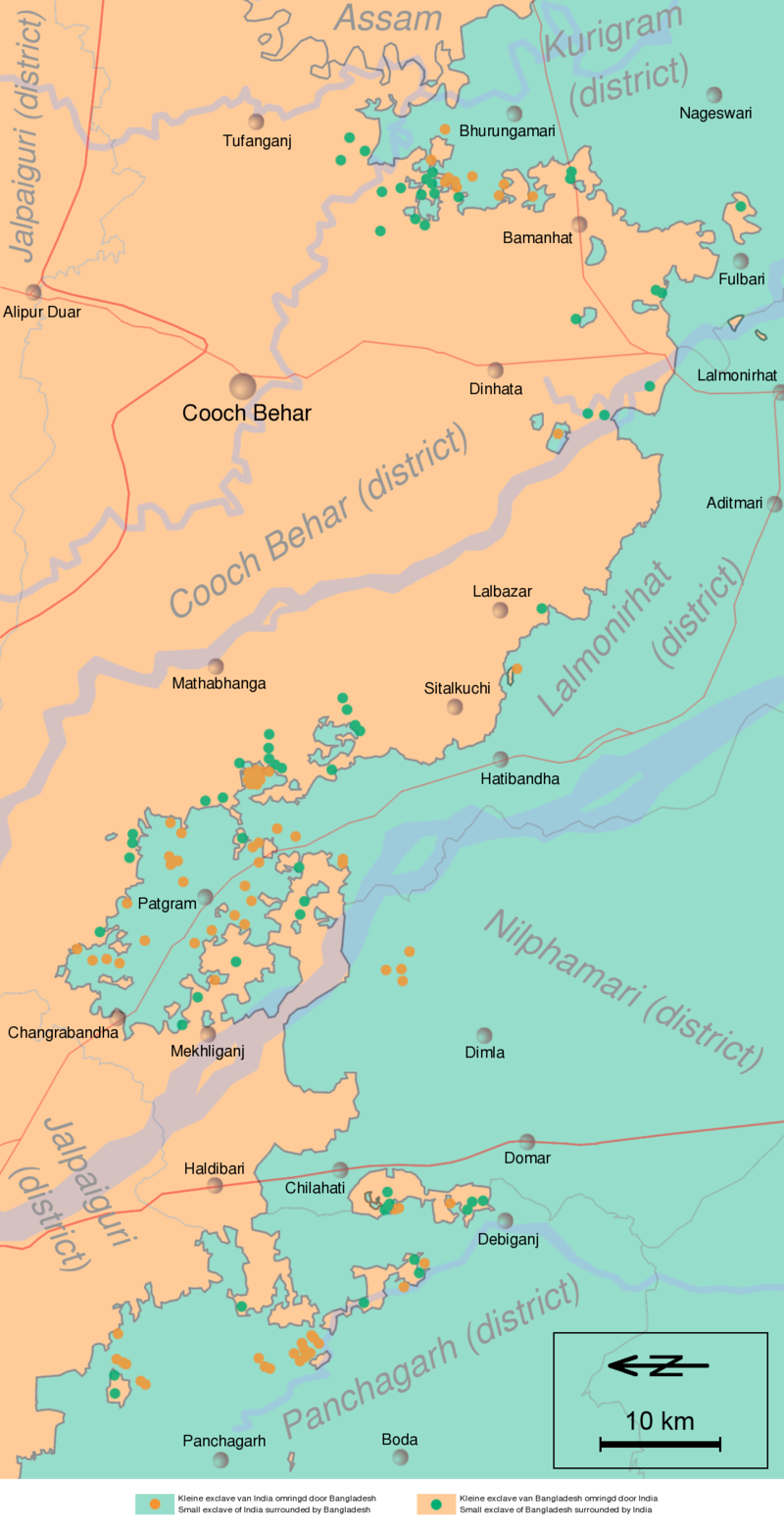
Above: The India – Bangladesh border. Indian territory is pink, Bangladeshi territory is blue.
Switzerland and its neighbours are also not immune from such complexity.
I just need to follow the Rhine River from my home in Landschlacht towards the town of Schaffhausen to find the closest enclave, Büsingen am Hochrhein, a German town completely surrounded by Switzerland.

Or I can travel south into Canton Ticino and find myself in the town of Campione d´Italia, Italian territory surrounded by Switzerland.
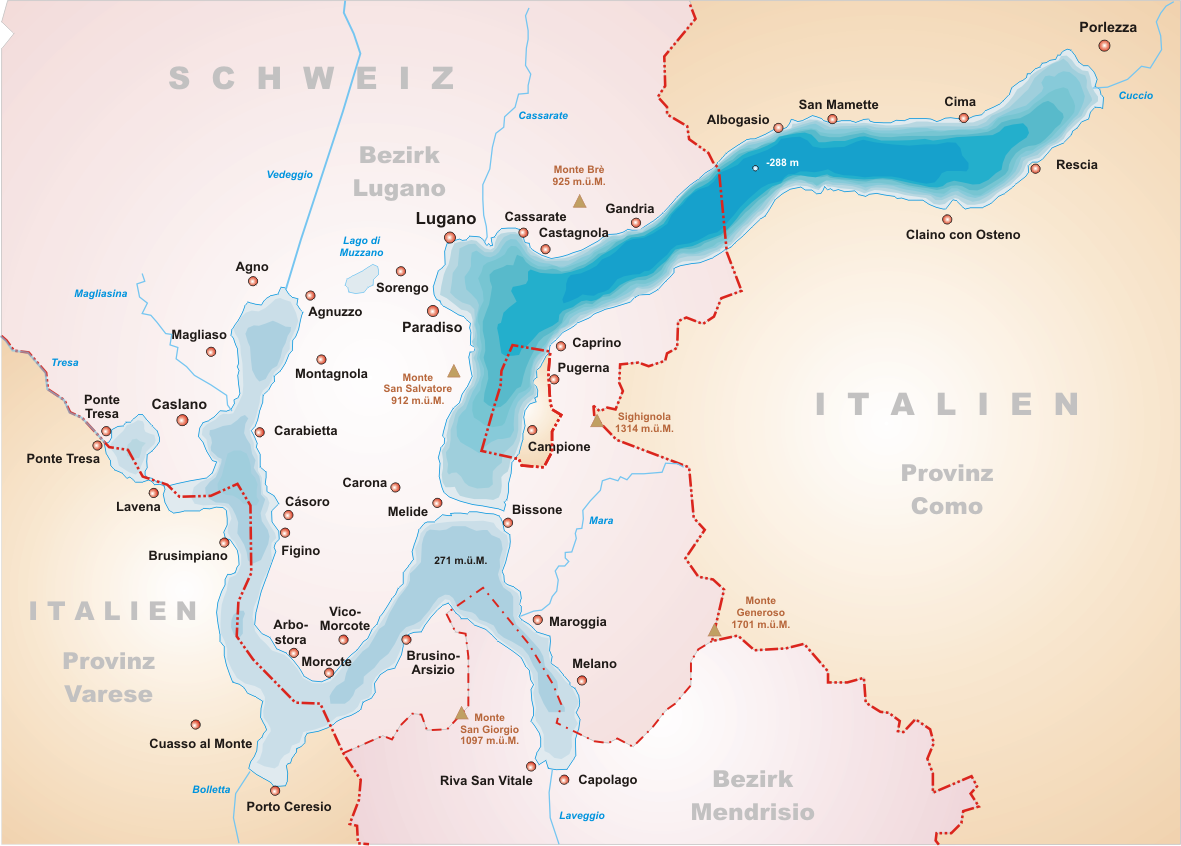
(I have visited both.)
To add further confusion, as an example, the Canadian Embassy in Bern is not on Swiss territory but is Canadian.

US military bases are American territory regardless of where they happen to be, so to visit the United States Naval Base in Guantanomo, Cuba, I would need permission from the US not Cuba even though it is located there.

Embassies, consulates and military bases are considered extraterritorial property of the countries that maintain them.
This can also be extended to memorials, such as the Vimy Memorial in France is Canadian territory, the land underneath the John F. Kennedy Memorial in Runnymede, England, is American territory, or the Suvorov Memorial near Göschenen, Switzerland isn´t Swiss but Russian.
Where the borders of a territory should be has been a subject of controversy and conflict for millennia.
Historically speaking, our trip to Como, Italy, this past summer could have been a trip to Como, Switzerland….
Como, Italy, 2 August 2017
In 2010, a motion in Switzerland´s Parliament by members of the nationalist Swiss People´s Party (SVP) requested the admission of adjacent territories to the Swiss Confederation: the German state of Baden-Württemberg (Population: 10 Million); the Austrian state of Vorarlberg (Population: 360,000); the Italian provinces of Bolzano, Como, Varese and Aosta (Population: 500,000; 580,000; 860,000; 125,000) and the French departments of Savoie, Haut Savoie, Ain, Jura and Alsace (Population: 405,000, 705,000; 405,000; 570,000; 250,000).
The motion proposed to offer these territories the “Swiss model of sovereignty” as an alternative to a “creeping accession” of Switzerland to the “centralist” European Union.
Now, at first glance this proposal might appear ridiculous, but we need to consider a number of things before we outrightly dismiss this notion.
There are a number of territories within the European Union member states who wish to leave the EU in view of the ongoing European debt crisis.
Switzerland, with some exceptions, has generally formed its federation through alliance with neighbouring cantons who broke away from countries that had formerly dominated them, voted to join the Confederation and through agreements between the Confederation and the dominant nations, these territories became Swiss.
When Ticino chose to become part of the Swiss Confederation in 1798, the people of Campione d´Italia chose to remain part of the Italian province of Lombardy.

Above: Ticino (multicoloured), in Switzerland
In 1848, during the wars of Italian reunification, Campione petitioned Switzerland for annexation, but this was rejected due to the Swiss desire to maintain neutrality (a stance the Swiss have maintained since 1815).
Campione has remained Italian territory ever since.
In 1918 after the First World War, a referendum was held in Büsingen in which 96% of voters chose to become part of Switzerland.
However it never happened as Switzerland could not offer anything suitable that Germany desired.
Büsingen remains German.
Above: The flag of Germany
In a 1919 referendum, 81% of the people of Vorarlberg voted to join Switzerland, but the effort failed because of the ambivalent position of the Swiss government and the opposition of the Allied powers.
In 1967, the German enclave of Verenahof, consisting of just three houses and fewer than a dozen people became part of Switzerland (Canton Schaffhausen) in exchange for an equal amount of Swiss territory ceded over to Germany.
Above: Today, Verenahof is nothing more than a street name.
A poll by ORF Radio in 2008 reported that half the population of Vorarlberg would be in favour of joining Switzerland.

The 2010 Greater Switzerland Motion was widely seen as anti-EU rheotric rather than a serious proposal.
In a following statement, the Swiss Federal Council (the executive heads of government and state in Switzerland) recommended the motion´s rejection, describing the motion as a “provocation”.
The Council argued that adoption of this motion would be considered an unfriendly act by the countries surrounding Switzerland, and that it would also be at odds with international law, which in the government´s view did not provide for a right to secession except in exceptional circumstances.
(This latter argument is the crux of the problem between Spain and Catalonia at present.)
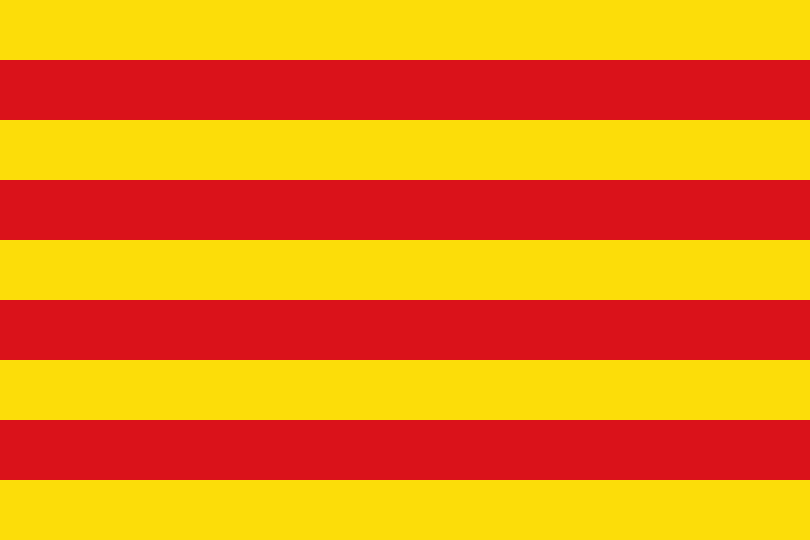
Above: The flag of Catalonia
(See Canada Slim and the Birth of a Nation of this blog for discussion of the Catalonian desire for independence from Spain.)
Understandably, the topic attracted the attention of the European media.
The media went on to report a high level of apparent popular support for joining Switzerland in the proposed territories.
In Como, an online poll in June 2010 by the La Provincia di Como newspapers found 74% of the 2,500 respondents in favour of accession to Switzerland, which the local regionalist party Lega Lombarda has long been advocating.
Another online poll by the south German Südkurier newspaper found that almost 70% of respondents replied “Yes, the Swiss are closer to us in outlook.” to a question whether the state of Baden-Württemberg should join Switzerland.
The Südkurier noted that seldom had a topic generated so much activity by its readership.
The Lombard eco-nationalist party Domá Nunch proposed an integration between Switzerland and the Italian-border area of Insubria (the former Duchy of Milano) in order to join into a new confederation.
In Sardinia, the Associazione Sardegna Canton Maritimo was formed in April 2014 with the aim of advocating Sardinia´s secession from Italy and becoming a maritime canton of Switzerland.
Die Welt in June 2014, based on an OECD study, published an article arguing that southern Germany is more similar to Switzerland than to northern or eastern Germany.
(My wife would agree with this assessment.
We have lived in both southern and northern Germany before relocating to the Swiss Canton of Thurgau.

Above: Thurgau (multicoloured) in Switzerland
As a Canadian I did not feel the differences as keenly as she, a south German, did.
She feels more at home in Canton Thurgau in northern Switzerland than she did when we lived in the state of Niedersachsen in northern Germany)
In the wake of the Die Welt article, there were once again reports of high levels of support for accession to Switzerland in southern Germany.
Schwäbische Zeitung reported that 86% of respondents in an online survey expressed approval for accession.
Also in 2014, there were reports of a movement in Südtirol / Trentino-Alto Adige proposing annexation by Switzerland.
The 6th Global Forum Südtirol, held that year in Bolzen / Bolzano, was dedicated to the question.
As alien residents of Switzerland travelling in Italy, seeking to discover what makes Italy Italia, we are feeling rather conflicted, for we have directly experienced both the advantages and disadvantages of living in the Swiss Confederation.
To be fair to those in favour of accession into Switzerland, I understand the attractiveness of the idea, for Switzerland is unique in that its Cantons enjoy a large amount of autonomy as individual parts of an allied federation than do German states or Italian provinces do as part of their federal systems.
Otherwise Switzerland would not have remained a united confederation considering how it is comprised of Swiss German speakers, French speakers, Italian speakers and Rumansch speakers.
Though the languages of Switzerland are not quite as equally respected or universally spoken as they should be, still one retains the feeling that one can speak French and still be Swiss or speak Italian and still be Swiss, despite Swiss German dominating the nation.
So Ticino is Swiss though the Ticinese speak Italian.
Romandie, the French name for the French-speaking Cantons of Switzerland (Suisse), is Swiss though they speak French.
(For a discussion of the languages of Switzerland, please see Sympathy for the dialect of this blog.)
Perhaps the Province of Como might be better off joining the Swiss Confederation than remaining in the Italian Republic, but I have to ask….
It is clear there are certainly gains to this proposal, but what would be lost?
Do the residents of Büsingen, surrounded by Switzerland, feel German?
Do the residents of Campione, surrounded by Switzerland, feel Italian?
Can a person feel a nationality?
I grew up as an Anglophone Canadian in Francophone Québec.
Above: The flag of Québec
Should my allegiance be for the province that raised me or for the country where English is geographically dominant?
By moving to Switzerland, have I become less Canadian?
Would Como be less Italian if it joined Switzerland?
The attraction for us as Swiss residents in visiting Como is that it isn´t Switzerland.
In Switzerland we live by Swiss expectations.
We travel outside Switzerland because we need places that allow our thoughts and feelings to roam unimpeded by Swiss expectations.
We don´t live in Italy, so, as long as we don´t violate Italian laws, we are free to express ourselves as individually as we wish, for we know we aren´t Italian nor necessarily wish to be Italian.
Above: The flag of Italy
Which poses other questions….
Does living in Switzerland make me Swiss?
Does not living in Canada make me less Canadian?
Or is Switzerland too set in its ways to acknowledge those not born in Switzerland as being Swiss?
Am I too set in my ways to be anything else but Canadian in spite of where I may live?
There is an illusionary idea that life outside our borders must be different because it is outside our borders, thus we create for ourselves the desire for a world that is not totally known or understood, that has the capacity to surprise us, disregarding a common humanity that shouldn´t require borders to organise itself.
My fear is that if a place like Como sweeps away its Italian past than the world may be deprived of what makes Como Italian.
Above: The lakefront of Como
Or is identity determined more by regional culture as opposed to federal territory?
Would the Comaschi become less Comaschi if Como left Italy?
Are nations only bordered divisions?
Are they linguistic collectives?
Or are they something more?
Would life be better for Como if it joined Switzerland?
Imagine how different history might have been had Como already been part of Switzerland.
We wandered the streets of Como thinking how Italian everything was.
But is Como Italian or something unique of itself?
Is New York City American?

Is London English?
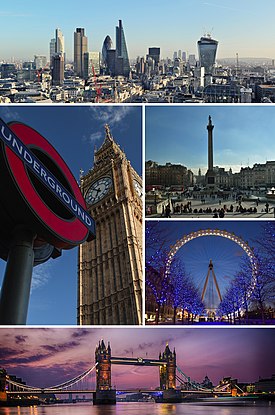
Is Landschlacht Swiss?
We wandered, much walking in very hot and humid conditions, to the Educational Silk Museum of Como, which manages to simultaneously be exhaustive and incomprehensible.

The Museum is “dedicated to the production of silk….the one industry that has held the centre of this historic city in a productive embrace since the 1800s”.
The visitor sees all stages of silk production: silkworm rearing, reeling (the unwinding of silk coccoons into threads), silk throwing (the twisting of the silk to make it more amenable to design), weaving (the design pattern), measurement and testing, dyeing (colour application to the design), printing and finishing.
Those of a technical bent might enjoy the various mechanisms on display, as might those deeply into the mechanics of fashion production, but the Museum lacks a universal appeal.
It took us an hour of hard walking to reach the Museum.
We were finished our tour of the Museum in 15 minutes.
It remains, despite its best efforts, a local industrial Museum.
The Museum is too focused on what makes it Comaschi rather than what is universally appealing to everyone.
We are told that the mulberry tree – the silkworm diet – can be found widespread among the foothills of the Alps.

Above: Mulberry Tree, Vincent van Gogh, 1889
We are informed that after diseases devastated Italian silkworm breeding in the 1800s silkworm eggs were needed to be imported once again from Asian countries (Japan, in particular), and carefully selected to guarantee resistance to disease.

Above: Silkworm egg, Micrographica, 1665
We are reassured that silkworm production is now quite scientific and that today´s producing countries (China, India, Brazil, Uzbekistan, Thailand, Japan and Vietnam) are able to rear silkworms all year round.
But what is lacking is an explanation of what makes Como silk production unique and an exploration of the fascinating history of silk production.
As long ago as Roman times the West has coveted silk from the East.
For centuries, the first great trade route, from out of the heart of China into the mountains of central Asia, across northern Afghanistan and the plains of Iran into Kurdish Turkey to the shores of the Mediterranean, has brought silk from the Orient to Europe.
The Great Silk Road, stretching over 7,000 miles, requiring many months of hard travelling, crossing many borders, has always been a journey of great adventure, filled with drama and spectacle, whether it has been accomplished by bus or donkey cart, train or plane, jeep or camel.
The visitor, if afforded glimpses of what makes silk production so universal, could then be led to the understanding of what makes silk production so special an endeavour.
The Museum could stand as a testament to the glory of Como silk production if it were made clearer as to what makes Como silk production so unique besides just having been done in Como.
The Museum could be a perfect testimony of the wisdom of the adage “Think globally. Act locally.”, if it somehow would show both the diversity of silk production origins along with the uniqueness of producing it in Como.
The Museum could transcend borders while highlighting what makes Como special.
It does not.
Instead the visitor is left with a collection of machinery to decipher and extract, with difficulty, some sort of personal meaning.
Perhaps this is what I am feeling when I consider Como.
I don´t want Como to become just one part of a collection of Cantons.
Neither do I want its uniqueness to go unappreciated by the rest of Italy.
But rather I think that the Italian government needs to remind its varied regions of how appreciated their regional differences are while reminding those regions that Italy would not be truly a united Italy without this variety.
(This failure to do just what I have described is the seed of further conflict that will arise between Spain and its reluctant province of Catalonia.)
Borders divide people, but wisely used, borders could also tie places and people together in a common humanity.
I like dreaming.
Sources: Wikipedia / Google / Alastair Bonnett, Off the Map: Lost Spaces, Invisible Cities, Forgotten Islands, Feral Places, and What They Tell Us about the World / Museo didattico della Seta, Guide to the Educational Silk Museum of Como / Colin Thubron, Shadow of the Silk Road
(For another perspective on borders, please see Borderline Obsessive of this blog.)





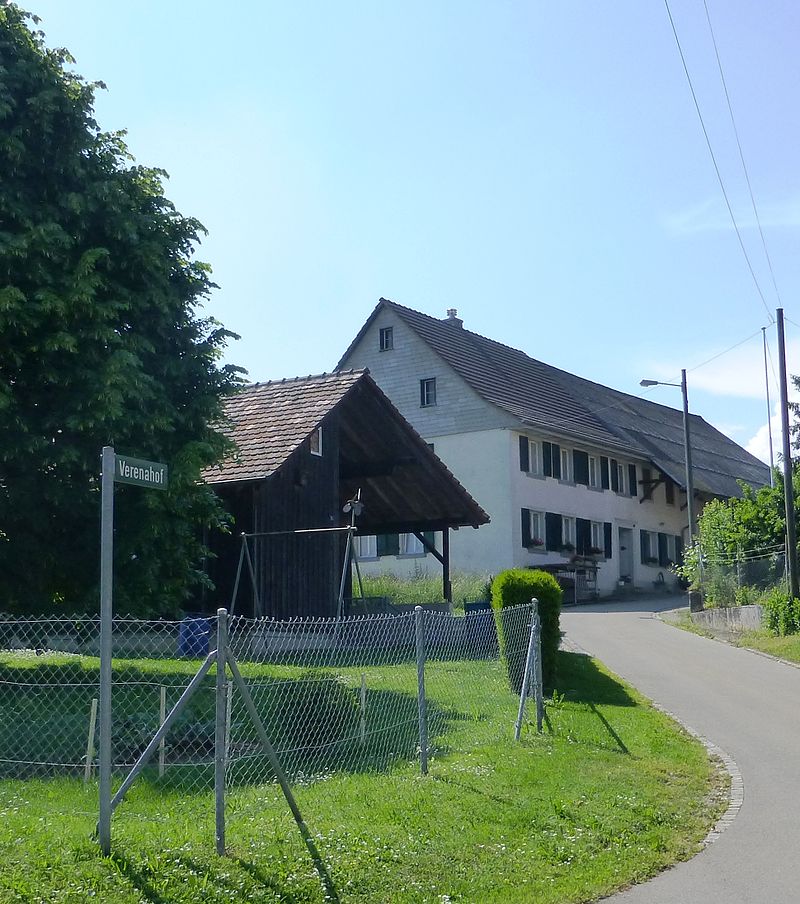
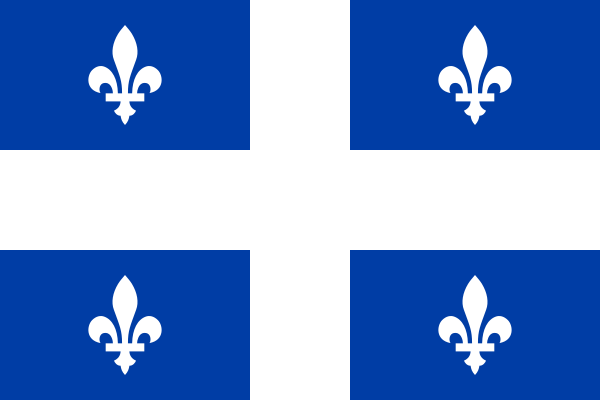
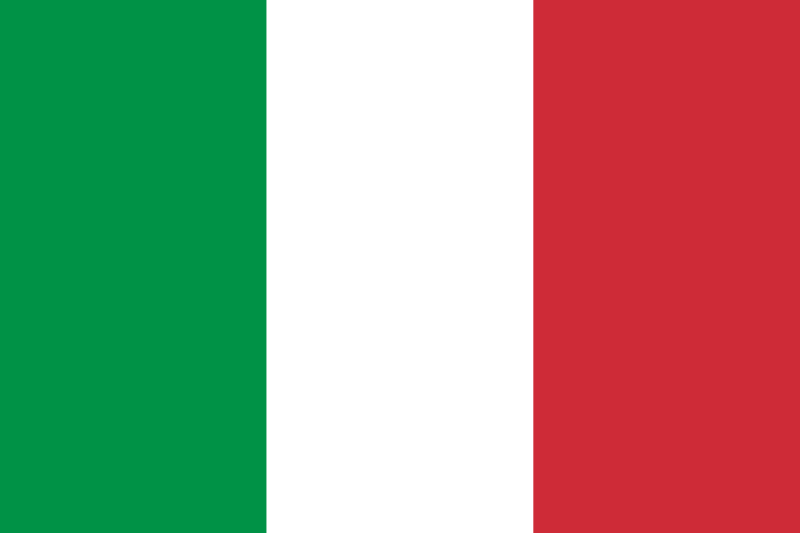


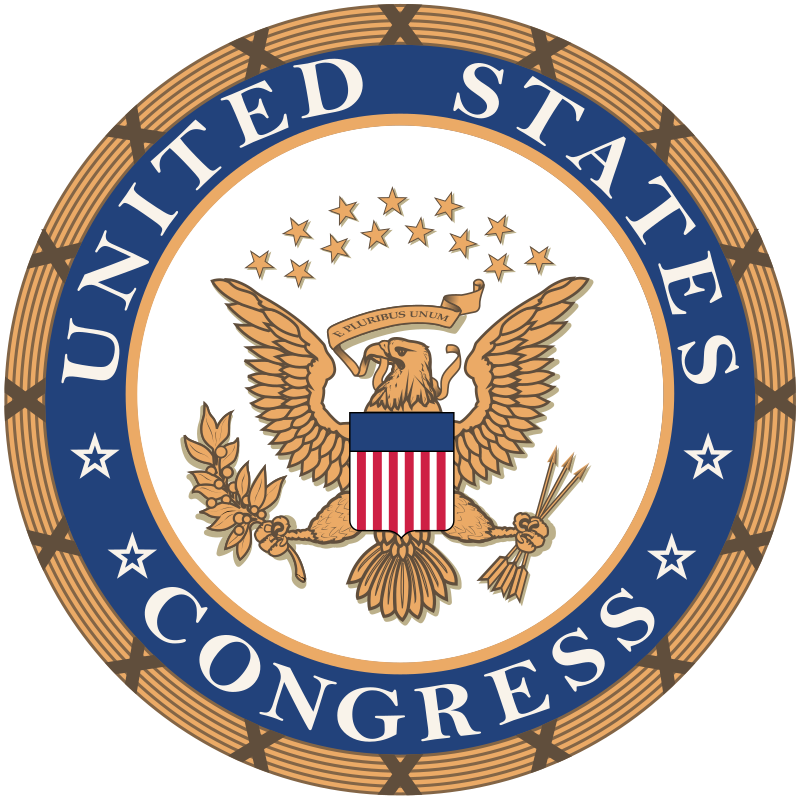


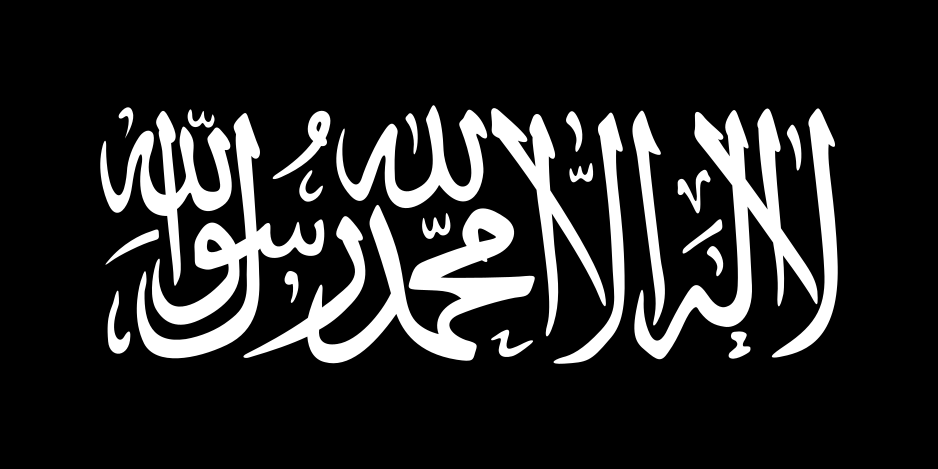
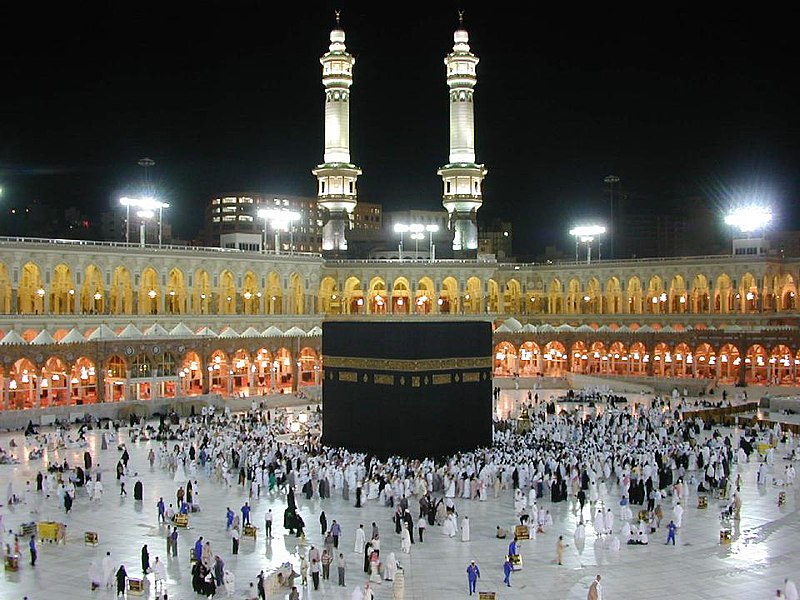

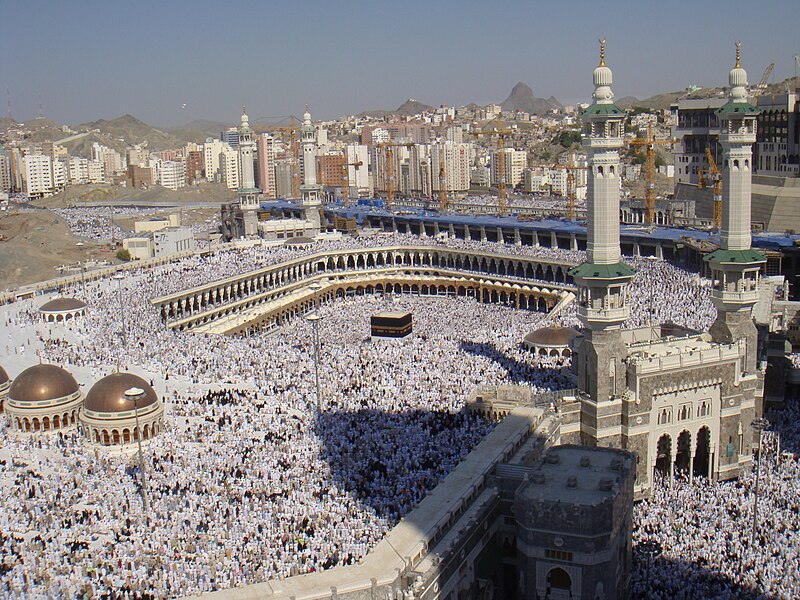
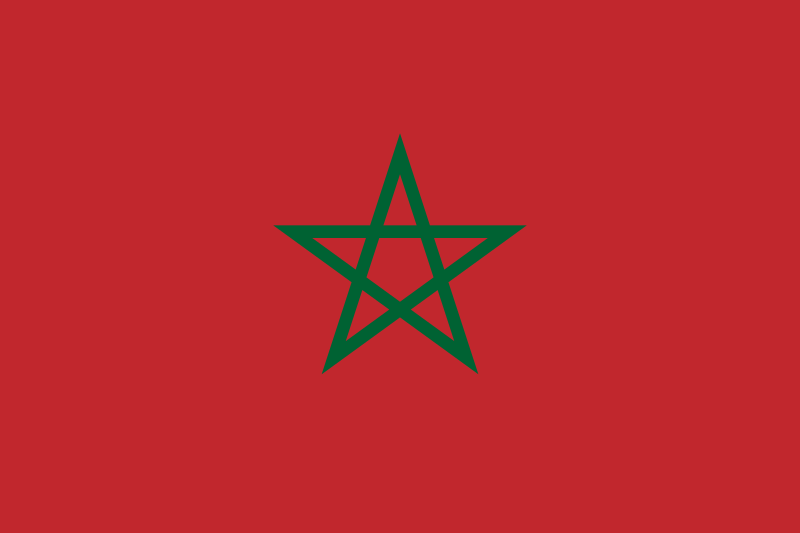



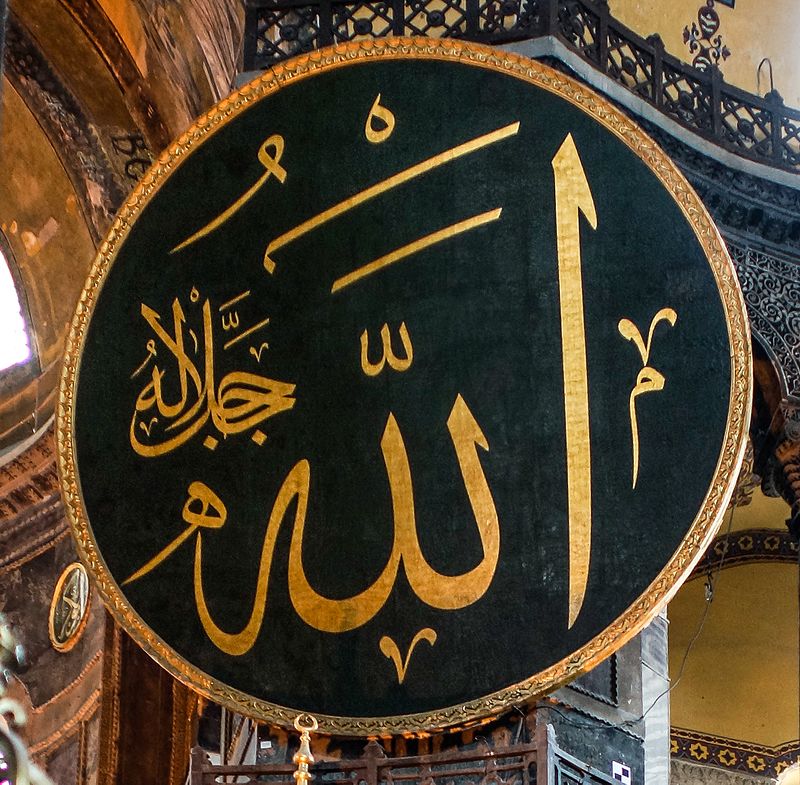




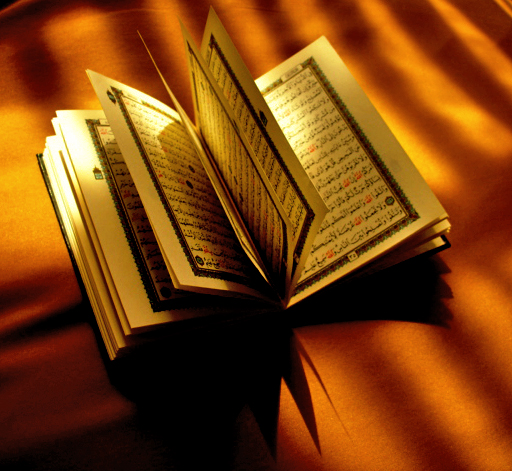





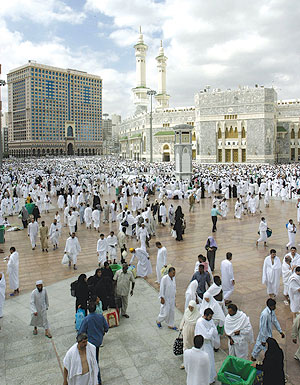


![Black Standard[1]](https://upload.wikimedia.org/wikipedia/commons/thumb/2/28/AQMI_Flag_asymmetric.svg/800px-AQMI_Flag_asymmetric.svg.png)






